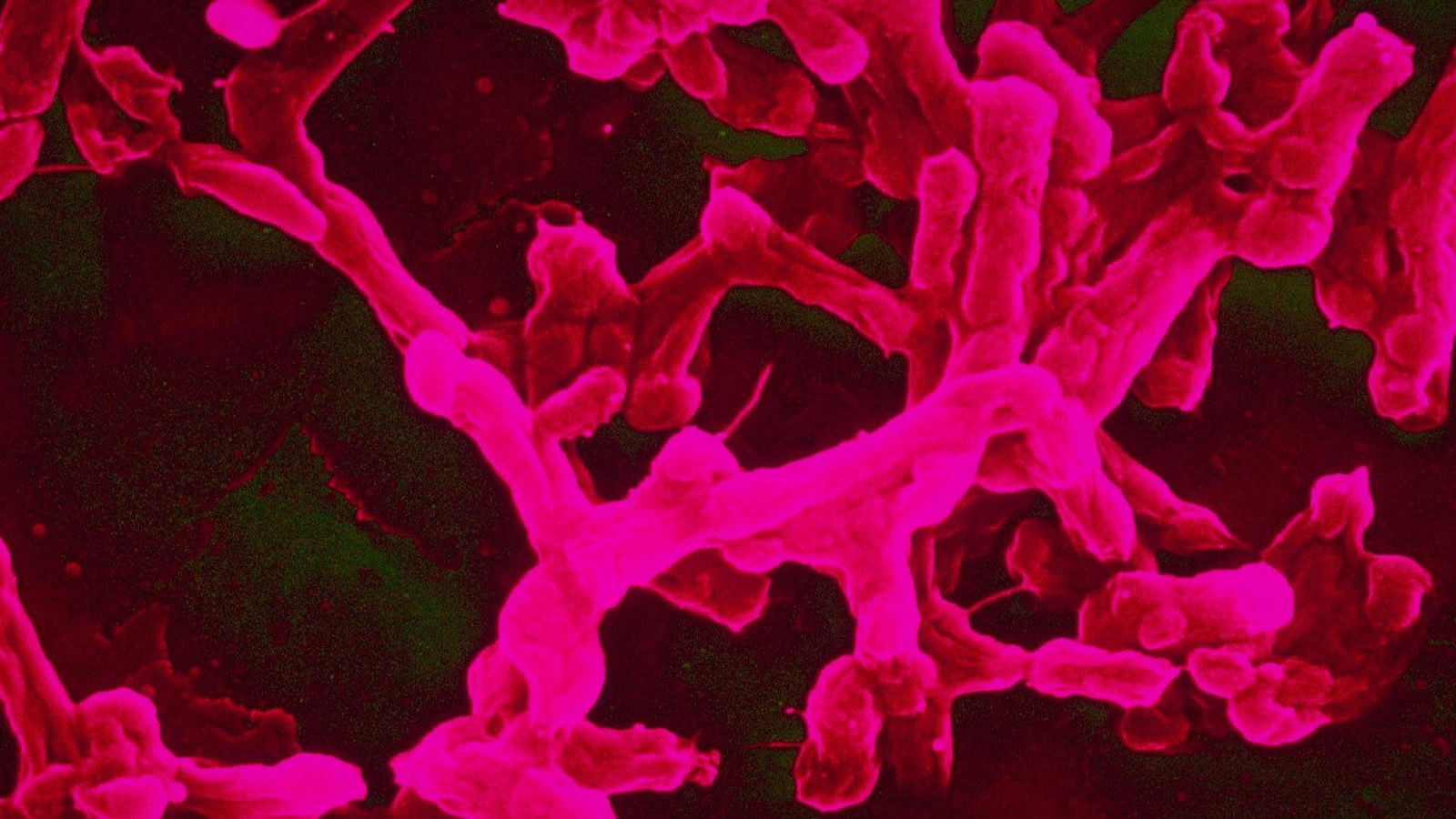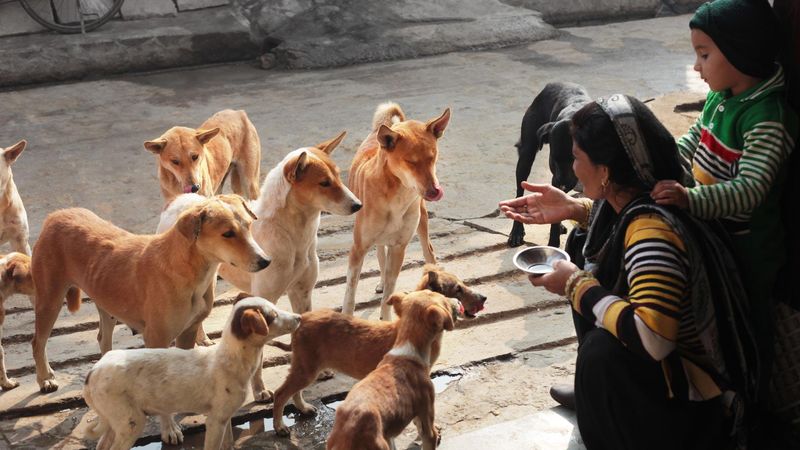
It’s important for international travelers to prevent typhoid, including by getting a vaccine if they are planning to visit areas where the infection still circulates broadly.

Bogdana Coudsy
Global Head of Medical Affairs for Vaccines
Did You Know?
Salmonella Typhi
The name of the bacteria that causes Typhoid, often labelled S.Typhi1
11 – 21 million
Estimated range of Typhoid fever cases yearly.1
120 – 161 thousand
Estimated range of Typhoid fever deaths, yearly.1

How Typhoid Harms
Salmonella Typhi enters the body through ingesting infected food or water and can easily spread from person to person, particularly in areas with poor sanitation.1
In recent years, the bacteria has become resistant to front-line antibiotics, raising alarm bells about future potential outbreaks that would be difficult to control.2

Our Traveler Vaccine
Sanofi offers a vaccine against typhoid fever that is approved for use in people two years old and older in the US and Europe for those planning to travel to highly endemic areas.
More About Typhoid
References
- WHO, Typhoid Fever Position Paper March 2018 https://apps.who.int/iris/bitstream/handle/10665/272272/WER9313.pdf?ua=1 accessed May 2023
- GAVI, Global response’ needed as typhoid evades antibiotics
https://www.gavi.org/vaccineswork/global-response-needed-typhoid-evades-antibiotics#:~:text=Researchers%20say%20global%20response%20is%20needed.&text=The%20bacteria%20that%20causes%20typhoid,three%20decades%2C%20new%20analysis%20shows
Accessed May 2023
Page updated July 2023

